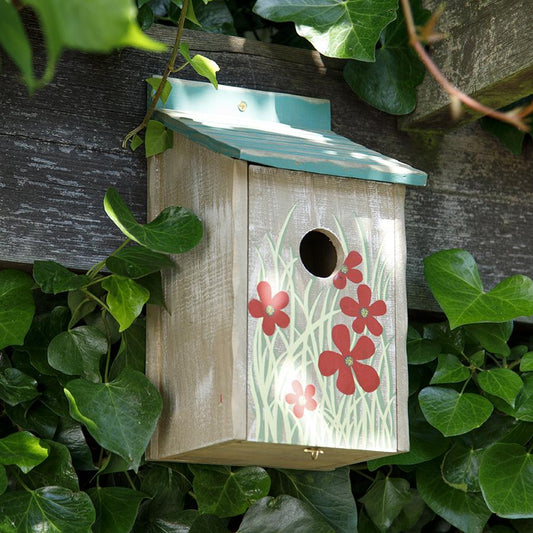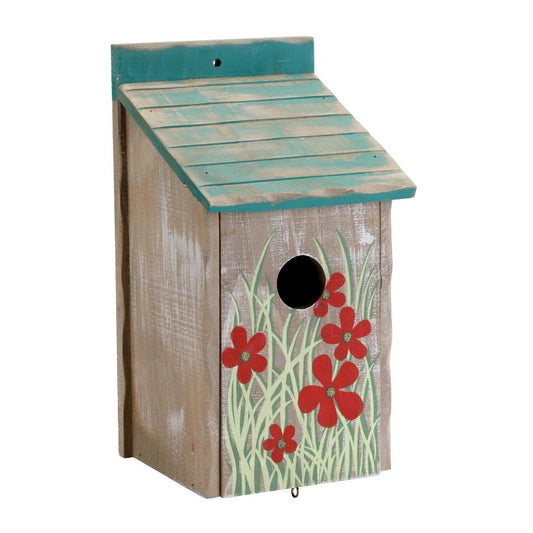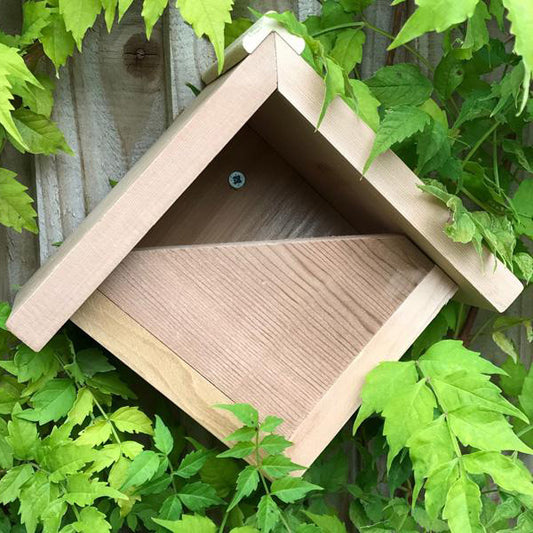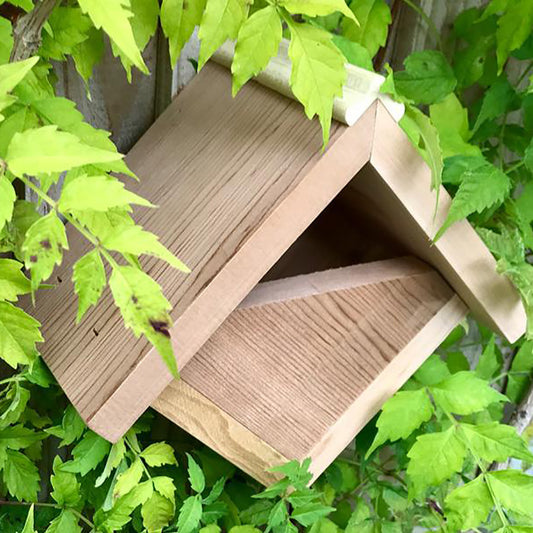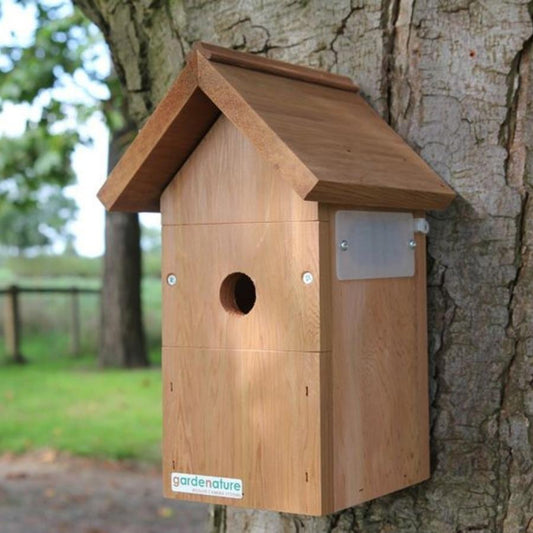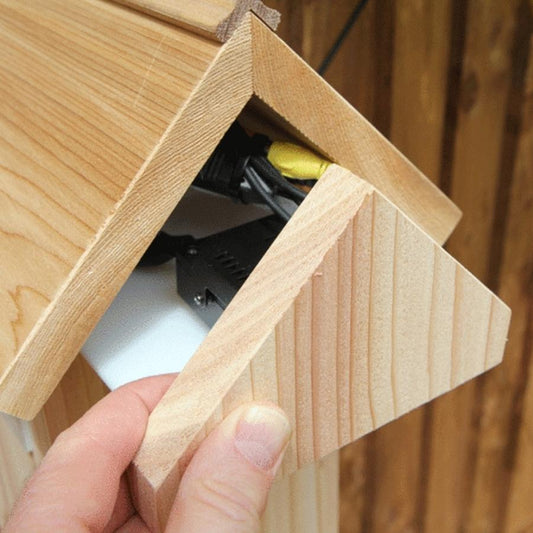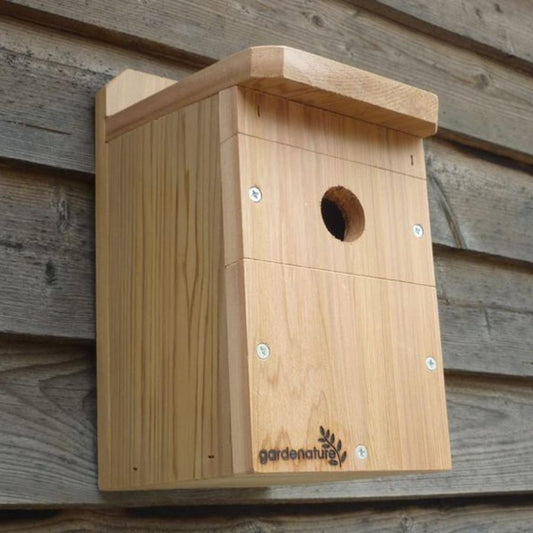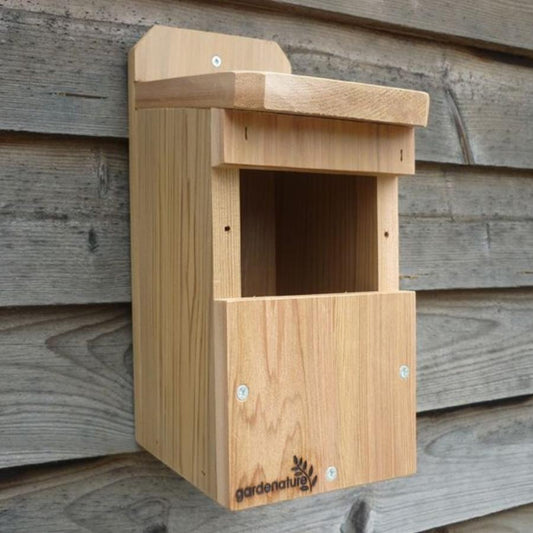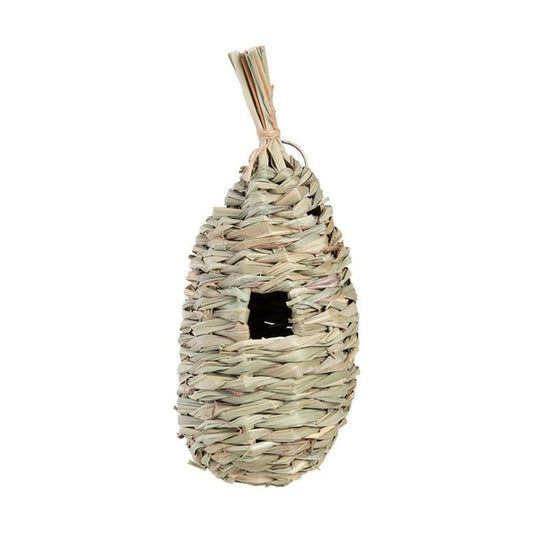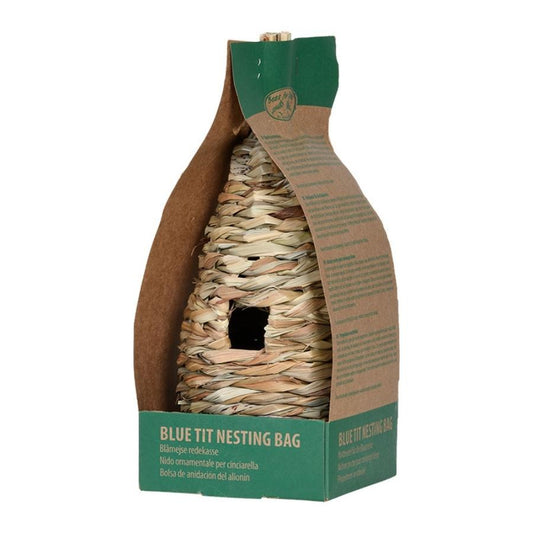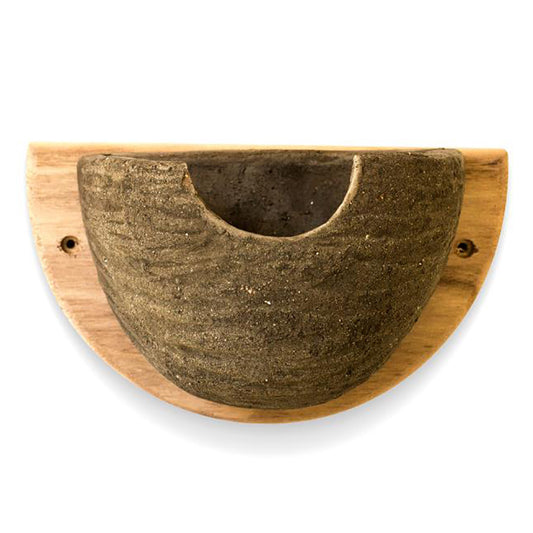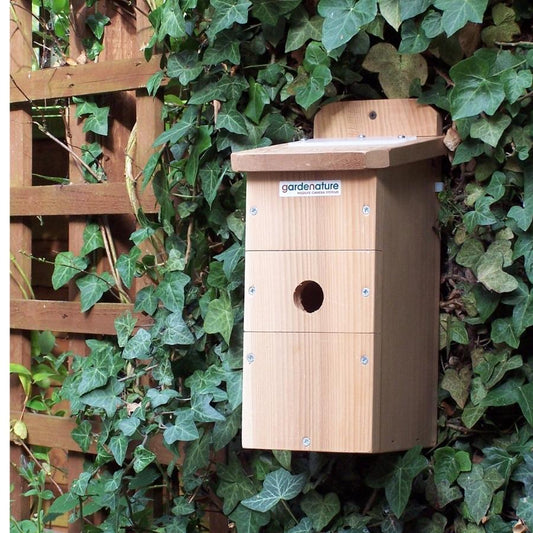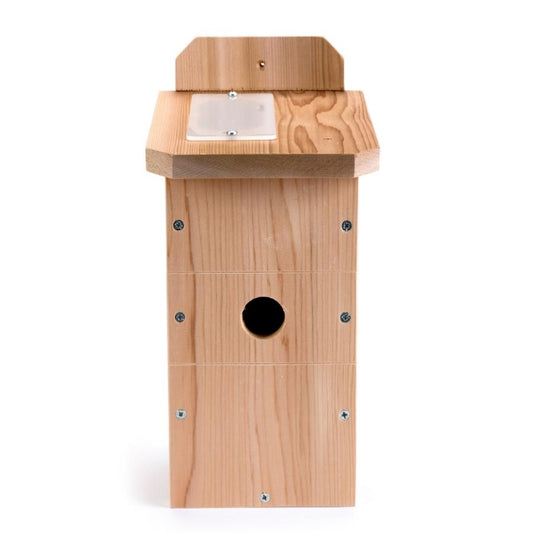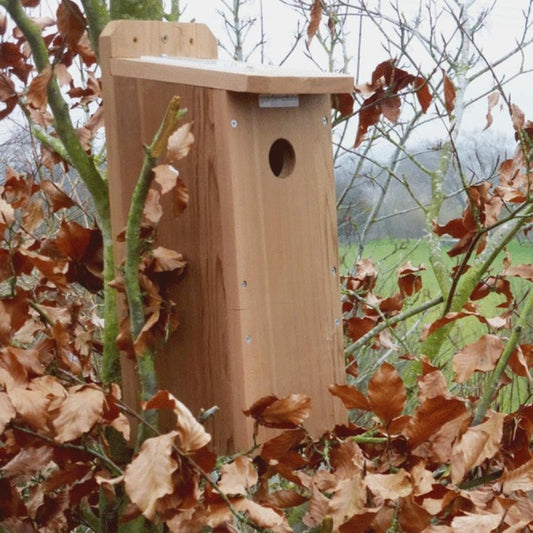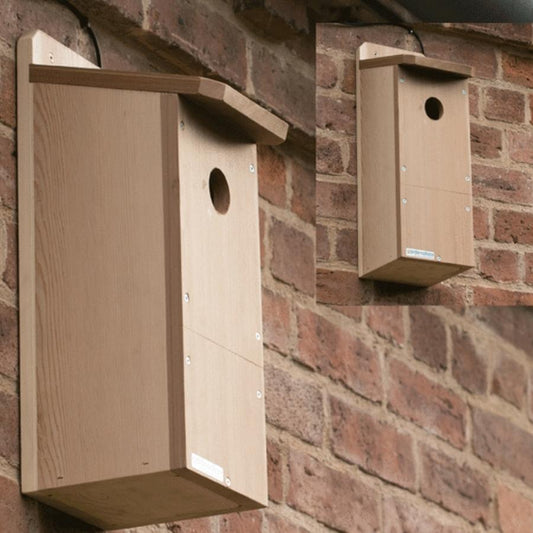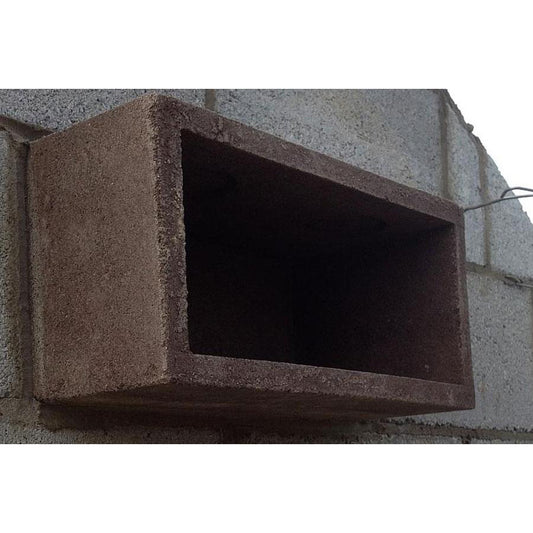Collection: Garden Bird Boxes

Our range of Bird Boxes for Small Birds are all made in our UK workshop from responsibly sourced wood. We design and manufacture a huge variety of Nest Boxes for Swifts, Nest Boxes for Sparrows, Nest Boxes for Woodpeckers and more...
-
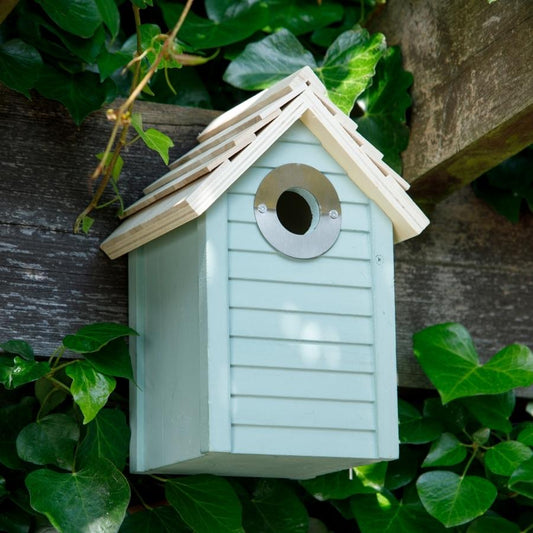
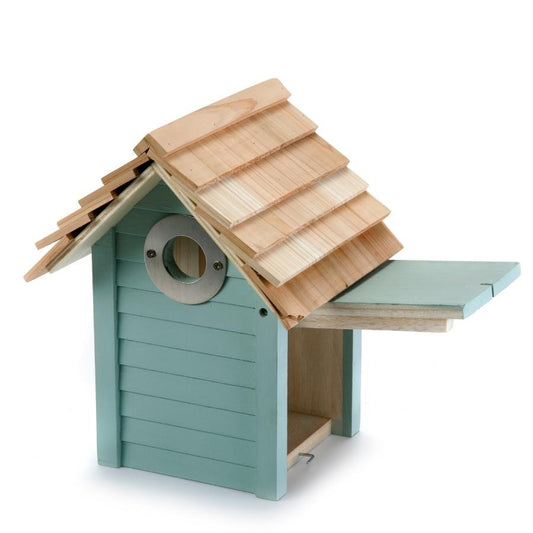 Sold out
Sold out -
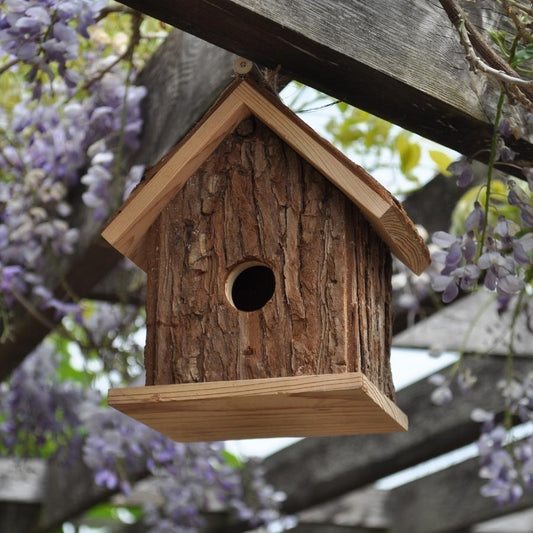
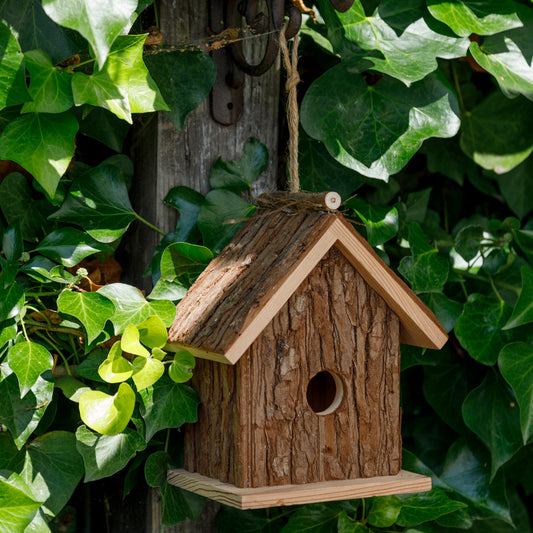 Sold out
Sold out -
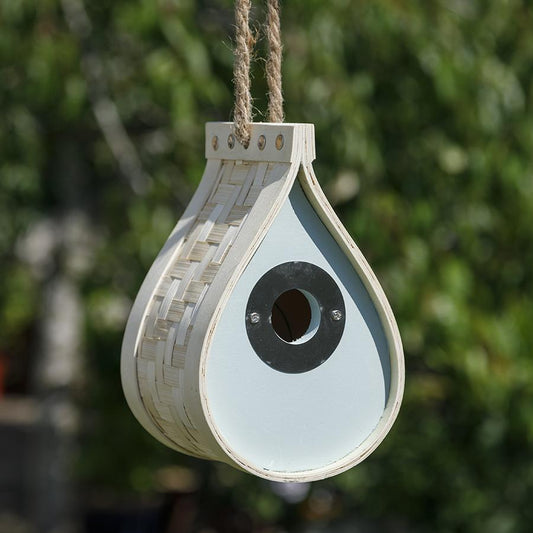
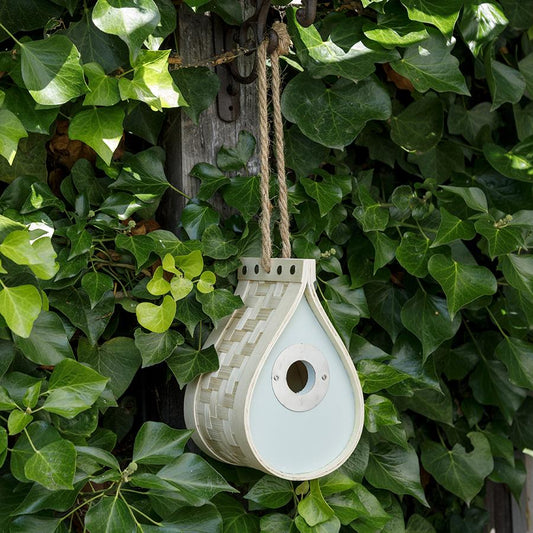 Sold out
Sold outMeadow Dew Bird House
Regular price £14.99Regular priceUnit price / per -
Wildflower Bird House
Regular price £17.99Regular priceUnit price / per£24.99Sale price £17.99Sale -
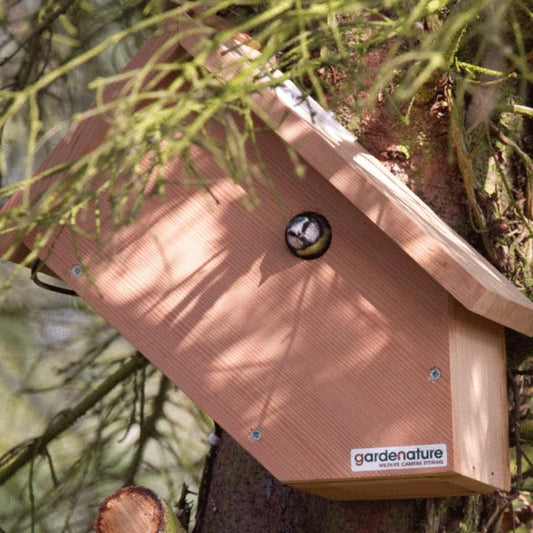
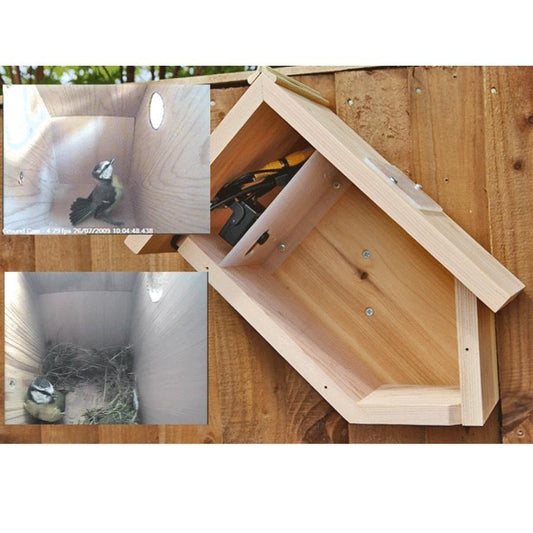 Sold out
Sold out -
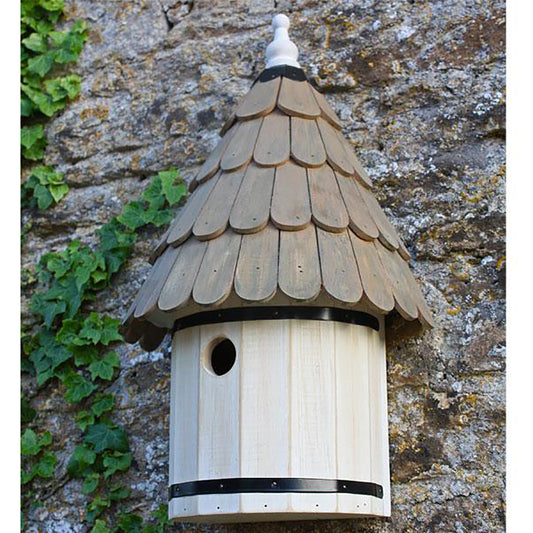
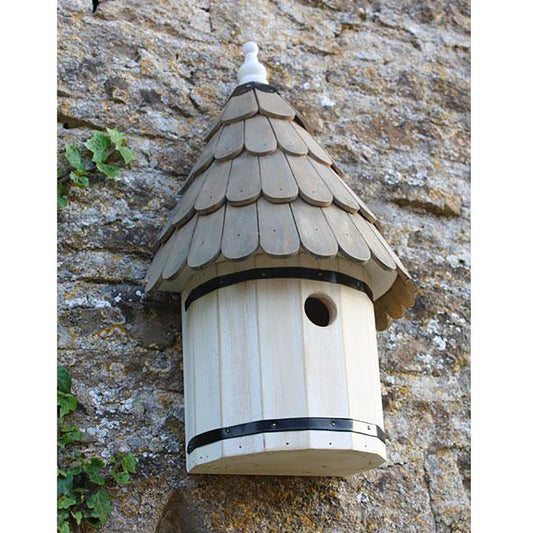 Sold out
Sold out -
The Robin Box
Regular price From £9.99Regular priceUnit price / per -
pitched roof bird box
Regular price £38.95Regular priceUnit price / per -
Multi Species Bird Box
Regular price £29.95Regular priceUnit price / per -
Nesting Pocket
Regular price £8.49Regular priceUnit price / per -
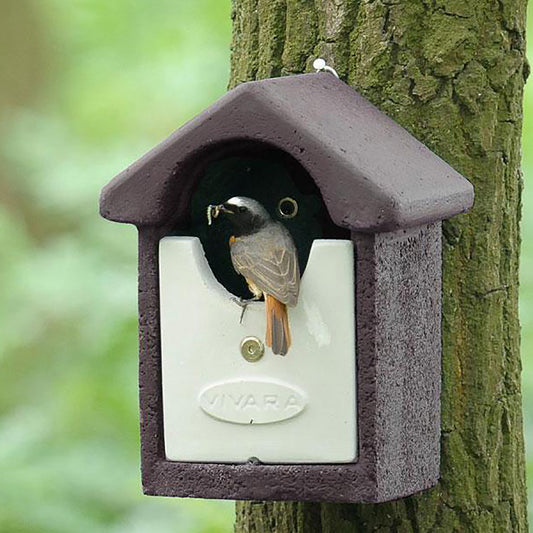
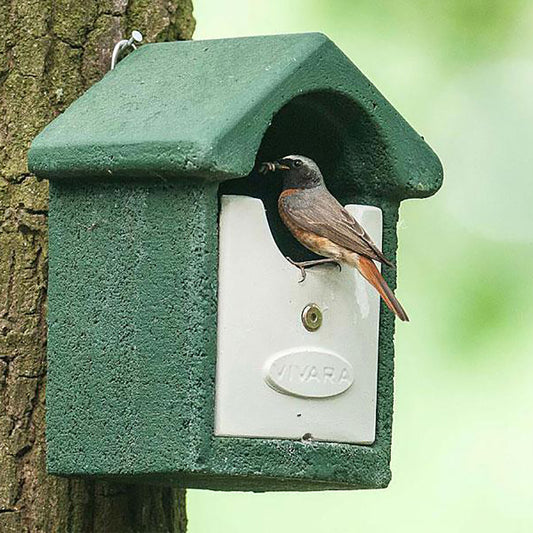 Sold out
Sold outWoodstone Barcelona Open Nest Box
Regular price £28.99Regular priceUnit price / per -
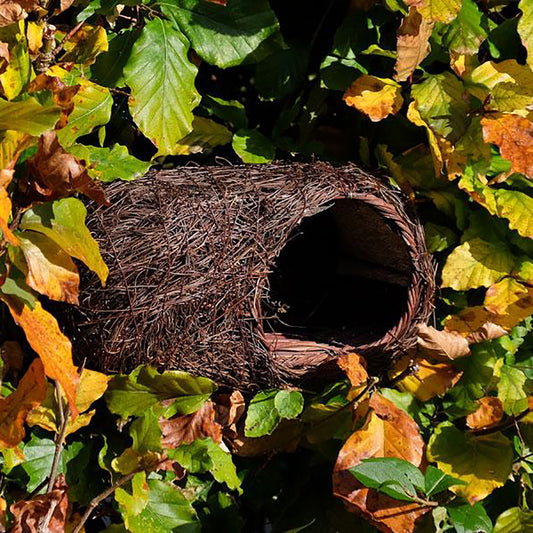
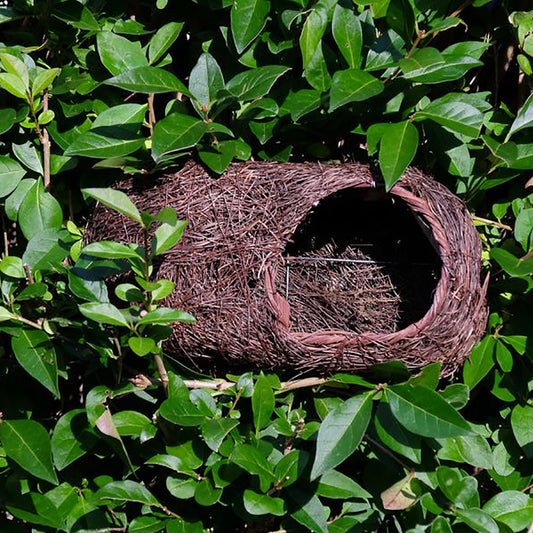 Sold out
Sold out -
 Sold out
Sold out -
House Martin Bowl
Regular price £16.75Regular priceUnit price / per -
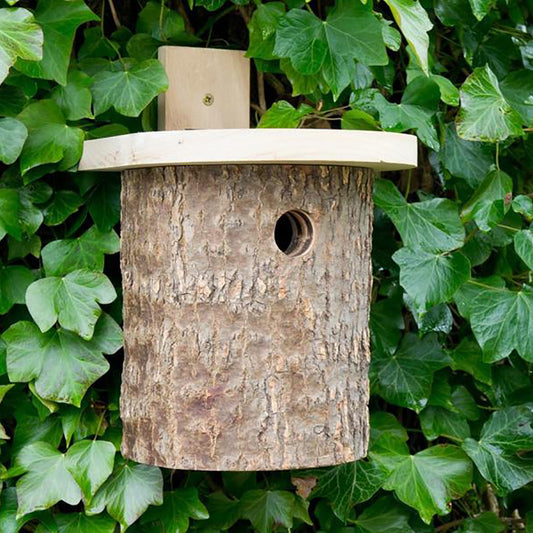
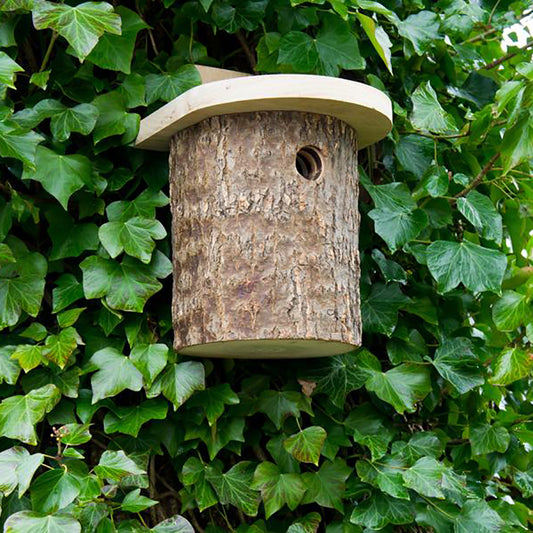 Sold out
Sold out -
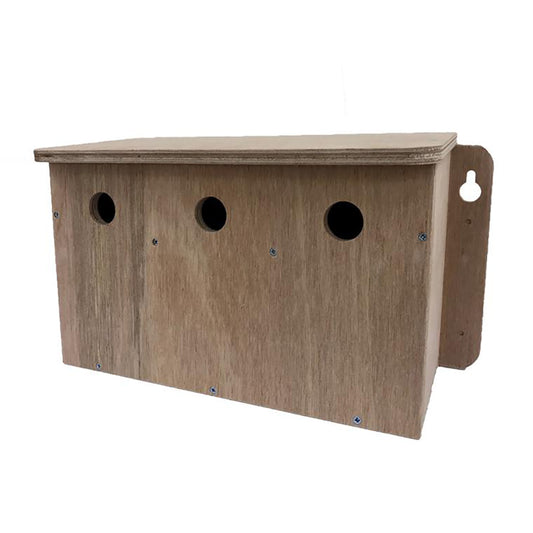
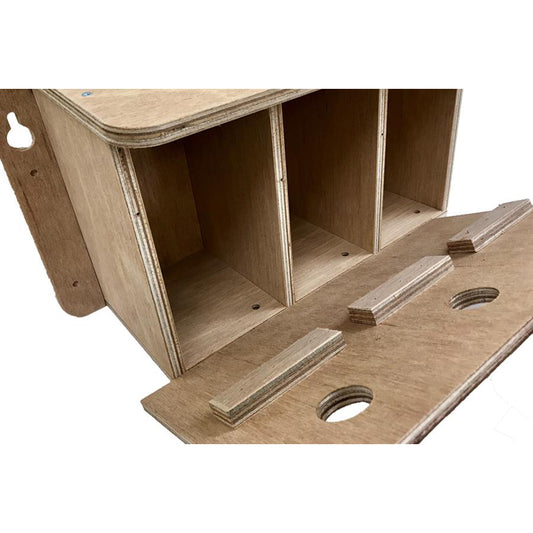 Sold out
Sold outHouse Sparrow Terrace
Regular price £39.99Regular priceUnit price / per -

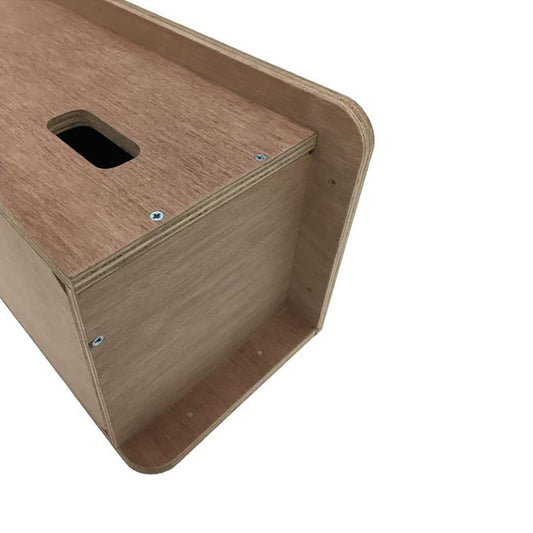 Sold out
Sold outSwift Nesting Box - Marine Ply
Regular price £48.95Regular priceUnit price / per -
Flat Roof Bird Box
Regular price £39.95Regular priceUnit price / per -
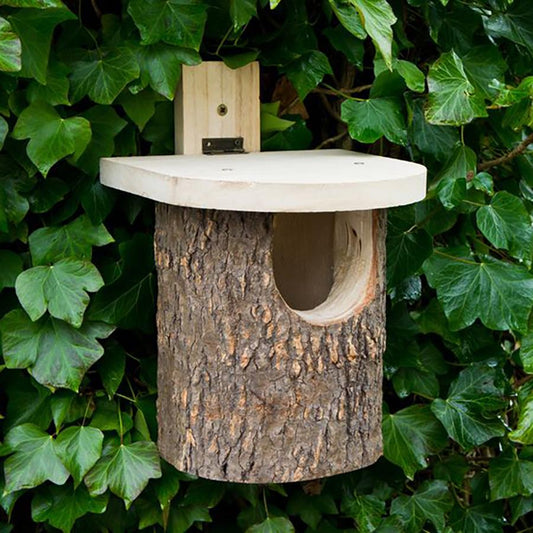
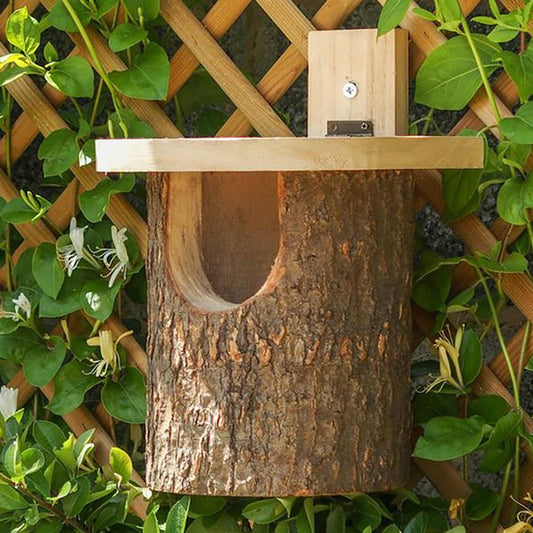 Sold out
Sold outNatural Log Robin Nester
Regular price £23.49Regular priceUnit price / per -
Starling Nest Box
Regular price £49.95Regular priceUnit price / per -
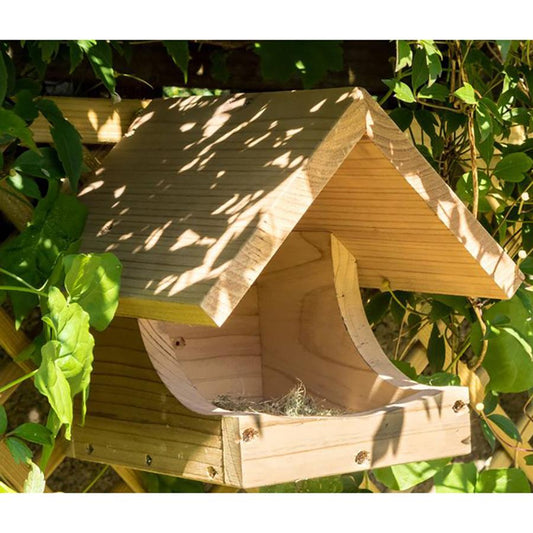
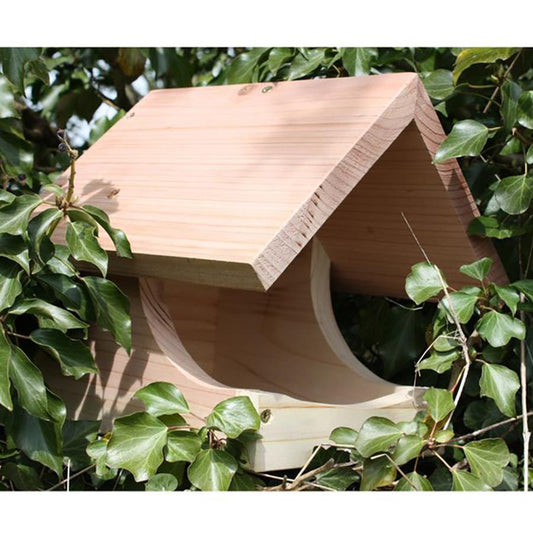 Sold out
Sold out -
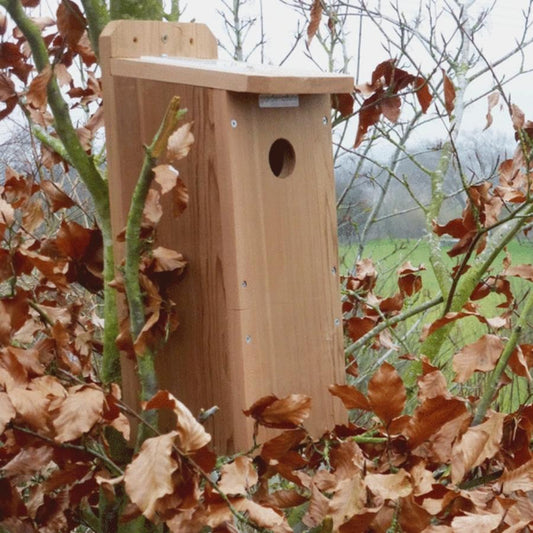
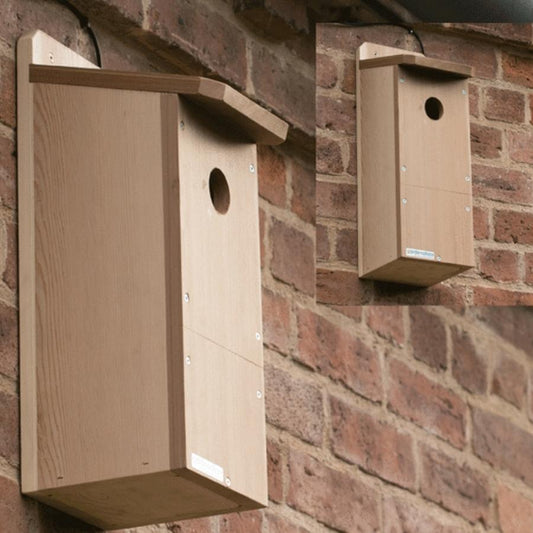 Sold out
Sold out -
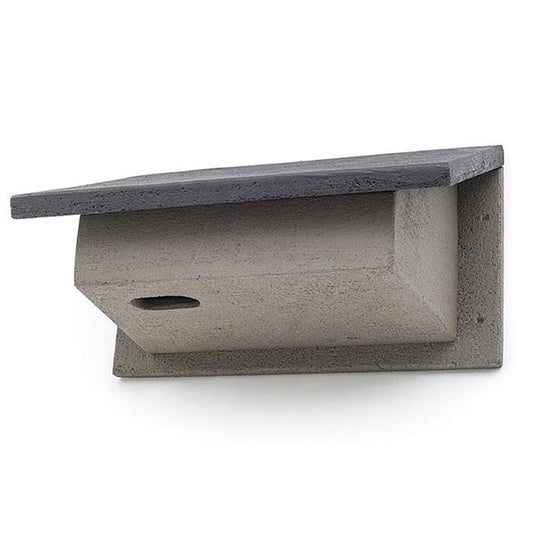
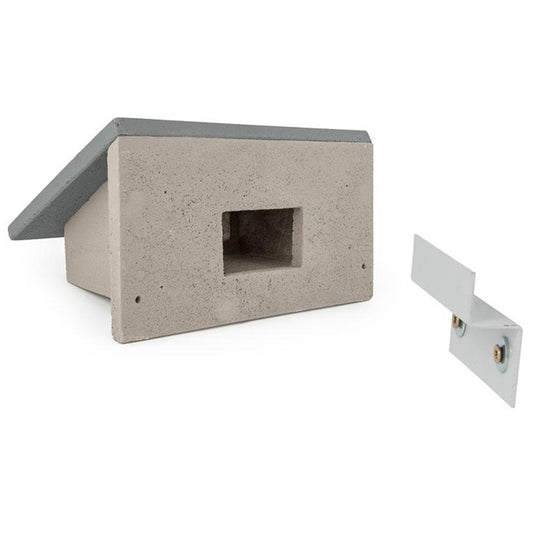 Sold out
Sold outWoodstone Swift Nest Box - Madrid
Regular price £44.99Regular priceUnit price / per -
Cambridge Swift Nesting Block
Regular price £29.99Regular priceUnit price / per







